Single Phase Pump Motor Control Wiring:
This diagram shows how to make Single Phase Pump Motor Control Wiring. In this circuit, we use a DP MCB ( Double Pole Minature Circuit Breaker ), a magnetic contactor an overload, two flow meters, and a single-phase motor. First, we need to connect the DP MCB with the power source, then connect the contactor with the DP MCB, then connect the flow meters and motor with the contactor.
Advertisements
Components needed For this Project:
You can get the components from any of the sites below:
- DP MCB 16A [See Buy Click Amazon]
- Magnetic Contactor 25A [See Buy Click Amazon]
- Motor Protector Overload [See Buy Click Amazon]
- Single Phase Motor (1 HP) [See Buy Click Amazon]
- Flow Meter [See Buy Click Amazon]
*Please note: These are affiliate links. I may make a commission if you buy the components through these links. I would appreciate your support in this way!
Advertisements
Components used to make the Single Phase Pump Motor Control Wiring:
DP MCB In 2 Pole MCB, switching & protection is affected in phases and the neutral. A Double Pole or DP Switch is a Switch that Controls 2 Circuits at the same time. In terms of Residential Switching, this Normally means it Switches the live and Neutral at the same time. In Layperson Terms, Double Pole switches or DP Switches are Exclusively Designed to Control 2 Different Electrical Circuits at the same time, which allows the Appliances to Isolate safely and reliably. Fan or light Combinations and Medical Equipment are some of the many applications for DP Electrical Switches and Electrical components.
02. Magnetic Contactor:
A magnetic contactor is an electromagnetic switching device. It is generally used for controlling 3-phase Motors. The operation of a magnetic contactor is similar to that of a Relay. but a relay is used for low-power or low-voltage connections, and a magnetic contactor is used for high-power or high-voltage connections. As soon as the supply is applied to the magnetic contactor coil. its normally open contacts are closed and normally closed contacts are opened and the associated devices are also operated. This is how a magnetic contactor works.
Overload Protection is Protection Against a Running Overcurrent That Would Cause Overheating of The Protected Equipment. Hence, An Overload is Also a Type of Overcurrent flow. Overload Protection Typically Operates on an Inverse Time curve where the Tripping Time Becomes less as the Current Increases. This Overload Protector is an Essential Component for Many Sockets Power Systems. The Top-Quality Overload Protector can Effectively Protect Electrical Products from Power Surges.
04. Single Phase Motor:
A Single-Phase Motor is an Electrically-Powered Rotary Machine That Can Turn Electric Energy into Mechanical Energy. It Works by Using a Single-Phase Power Supply. Single-phase Motors Are Used in Equipment And Machines That Are Smaller in Size And Require Lower Horsepower. This Includes Equipment Such As Refrigerators, Pumps, Compressors, Fans, and Portable Drills. Single-phase motors Have a Similar Construction to The 3-phase Motor, Including an AC Winding That is Placed on The Stator And Short-Circuited Conductors That are Placed in a Cylindrical Rotor.
Water flow meters are devices used to measure the volume or mass of fluid that passes through a pipe for water. They are commonly used in water flow treatment and distribution systems, irrigation, and industrial processes. There are several types of water flow meters set, including positive displacement meters, turbine meters, ultrasonic meters, and magnetic meters. A water flow meter measures the total volume of fluid that has passed through a pipe over a certain time. A water flow sensor, on the other hand, measures the velocity of the fluid flow at a specific point in time. It is mainly used to monitor the flow rate in real-time, to detect any changes or irregularities in the water flow, and to regulate or control the flow as needed.
Thank You for visiting the website. Keep visiting for more Updates.
Frequently asked questions
The single-phase power supply is a 2-wire alternating current (AC) power circuit diagram. Typically, there is one power supply wire—the phase wire—and one neutral wire, with current flowing between the power supply wire (through the load) and the neutral wire.
Without a capacitor, a single-phase motor cannot produce the necessary phase shift and will not start. When power is supplied to a single-phase motor, the current in the stator winding creates a magnetic field that oscillates back and forth, but it does not rotate.
The six wires are usually labeled U1, U-2, V-1, V-2, W-1, and W-2. To connect the motor in a Wye configuration, you would connect U-1, V-1, and W-1 together at one end of the motor, and then connect U2-, V-2, and W2 at the other end. The remaining ends of U-2, V-1, and W2 would be used as the 3-phase power supply inputs.
Yes, a motor can run without a capacitor. However, the presence of a capacitor can improve the motor's performance by providing additional starting torque and helping to improve the power factor of the motor.
The 230-V single phase is what we typically have in our homes. It accounts for most domestic situations, such as lighting and the television. Single-phase power has two wires – the active or neutral (neutral is earthed at the switchboard).
Read more Single Phase Wiring
What is a kilowatt-hour (kWh) | kwh formula | What does kwh mean
Introduction to Electrical Units and CircuitskW and kWh on your electricity bill As your home uses electricity during...
What is the Difference Between kVA | What does KVA mean | kVA formula
Difference Between KVA ExplainedWhat does KVA Mean? There are technical terms aplenty when it comes to generators, and...
Power Factor | Power Unit | Energy | Electricity Unit
Power factor definition | Calculating Power FactorPower Factor Values In a purely resistive circuit, the power factor...
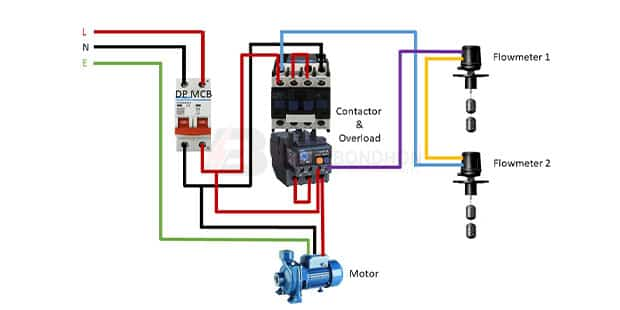

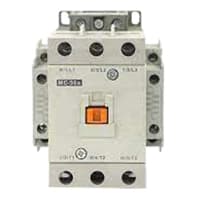
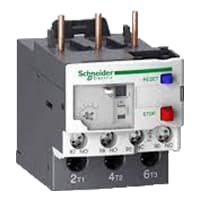
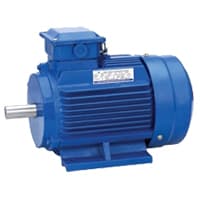
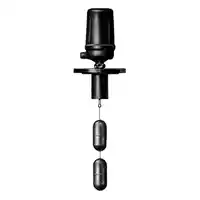
0 Comments